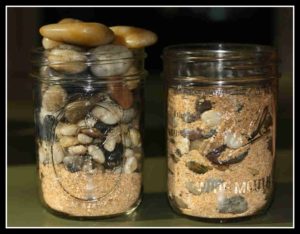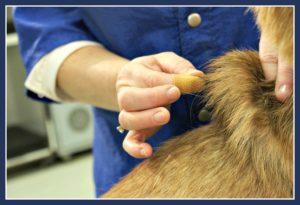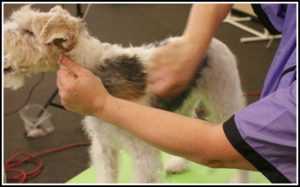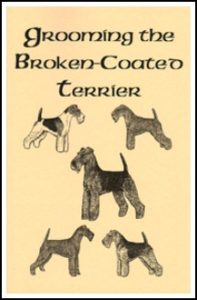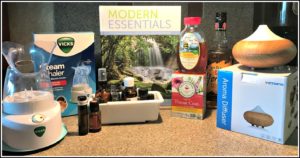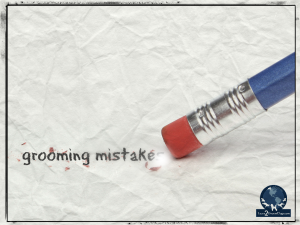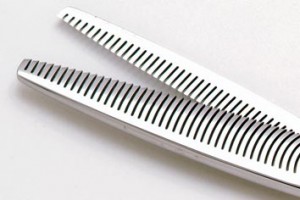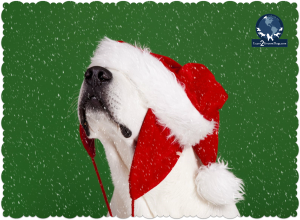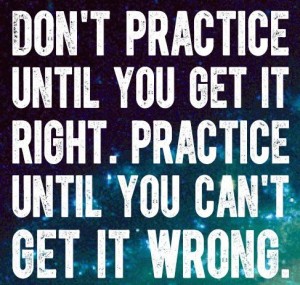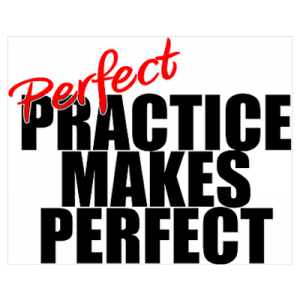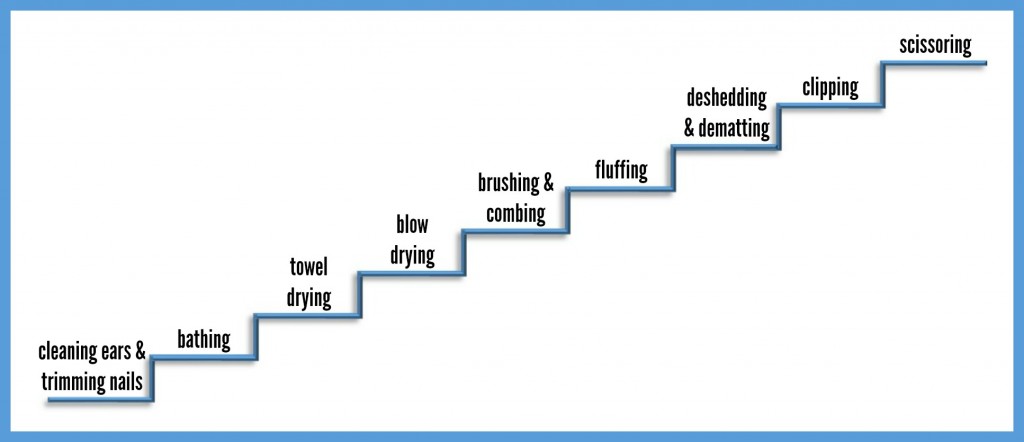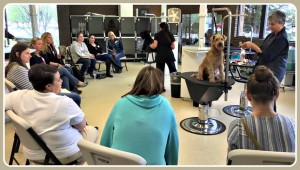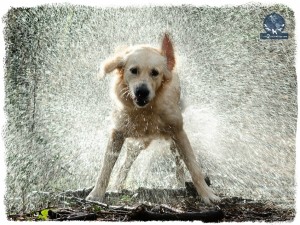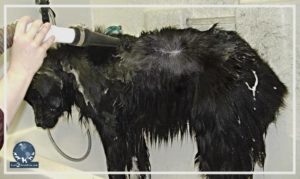No matter how we divide up our week, the hours don’t change. We are all given 168 hours.
How is your going to be spent?
Is your week going to be smooth, controlled, productive, and rewarding? Or is your week going to be chaotic, stressed, and frustrating?The choice is actually yours. The thing about time management that you have to understand is that ultimately you are in complete control. How you manage your time is YOUR responsibility. Managing that obligation is totally up to you – no one else.
There are always ways to make more money – but you can’t make more time.
Do you feel stressed – or blessed?
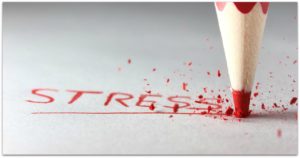 All businesses have budgets. They have quotas. There is a balance between the cost of running the business and the amount of money coming in through the doors. There has to be more coming in than going out in order to be successful. The dream of running a thriving small business does not exist if the outflow exceeds the inflow.
All businesses have budgets. They have quotas. There is a balance between the cost of running the business and the amount of money coming in through the doors. There has to be more coming in than going out in order to be successful. The dream of running a thriving small business does not exist if the outflow exceeds the inflow.
There’s a story I read years ago in First Things First by Stephen Covey. It’s a story about fitting the most into each day. I always think about it when my own life has a tendency to spin out of control. (And yes, this blog post is a little bit about self-therapy I desperately need!)
In the story, the time scenario is demonstrated with rocks and a jar. The tale starts with a glass jar and a tray of large rocks. The facilitator asked the audience how many rocks could fill up the jar. They all made guesses and the instructor put in the rocks until the jar appeared full. He then asked the audience if the jar was full. Everybody looked at the rocks in the jar and said yes. Then the instructor pulled out a container of gravel from under the table. He poured the gravel into the glass jar and gave it a shake. The small pebbles filled in the spaces between the larger rocks. He turned to his audience again and asked if the jar was full. The audience realized there was more to this game so they hesitated. The facilitator reached under the table again. This time he pulled out a bag of sand. He sprinkled the sand on top of the rocks and the gravel. He gave the glass jar a bit of a shake. The sand settled in between the cracks. He asked his audience again if the jar was full. This time they said no. And sure enough out from under the table came a pitcher of water. He poured in the water until it reached the top of the jar. Now the jar was full.
So what is the moral of the story? Some people think it’s about being able to fit more into your day if you really work at it. That’s not really the lesson. His point was that if the big rocks don’t get put in first, the rest wouldn’t begin to fit inside the glass container.
Your life is the same. Your work is the same. You need to fill in the big pieces first before the smaller pieces can be added. By being deliberate with your time, you can get more out of your day – out of your week – when you place the pieces in the right order.
So how does the scenario play out in a grooming business? Like many service-based businesses, time is money. How do you make the most of it? Do you struggle to get four or five dogs done each day? Are you frustrated because you can’t get eight dogs done in a day without making yourself miserable?
What are your big rocks and how many of them can you fit? How can you fill up your personal jar the most efficiently?
Everything starts with an appointment book or digital schedule. If time is money, and you can’t create more time, you want to make the most efficient use of the time available.
Look at the players you have on your team. What are their strengths? What are their weaknesses? Do they have specialties? Which team members have high-level skills?It doesn’t matter if you are solo flyer or part of a larger team. Isolate and analyze all the strengths and weaknesses. Successful teams focus on strengths. If you have a stylist who is highly proficient at breed profile trimming and high-level skills, it is a waste of time to have that person doing elementary tasks that could easily be delegated to others.
By the same token, if you are a solo stylist, you can still delegate. Do you really need to wear all the hats? Can you delegate salon cleaning? Hire a receptionist or a bookkeeper? My guess is your strength is grooming. Don’t waste time on other tasks that you can delegate.
If you’re trying to grow your business and your team, think about this. People can only handle larger stones if they increase their knowledge base. Helping your team grow by enhancing  their skills is always a smart move.
their skills is always a smart move.
The Appointment Book
This is a crucial part of putting in the big rocks. The big rocks would be the full-service grooms. Bichons, Shih Tzus, Schnauzers – pets that require haircuts.
Next in line would be the bath and brush style pets. These will be what I would consider the gravel-sized grooms: Golden Retrievers, Labs, Shelties, etc.
After that you’re looking for the sand. These would be the smaller, very simple dogs to do. They may be smaller weekly or biweekly bath and brush dogs or simply short-coated small dogs. Many stylists affectionately refer to them as “Splash and Dashes.”
 The water would be the quick things that you could do to increase your revenue. These would be add-on services like:
The water would be the quick things that you could do to increase your revenue. These would be add-on services like:
- Walk in nail trims
- Teeth brushing
- Nail filing
- Coat and skin conditioning treatments
There is a long list of extra services that could be your water.
Start by figuring out how many of the larger rocks (the full-service grooms) need to go under each stylist per day. Once that is been established, then schedule with less taxing jobs such as the bath and brush dogs. These dogs will be the gravel, filling in between the full-service grooms. Many people color code these types of jobs in the appointment book to give a strong visual of how the day is shaping up. Once the rock and gravel is scheduled, then you can fill in the gaps with the sand – those appointments that are super simple to do. And then to really fill up the day, add in the water – the add-on services.
Grouping Tasks Together
 To use your time efficiently, group similar tasks together whenever possible. Batching tasks together will always enhance your productivity. Think about it like an assembly line. Even if you just have a couple dogs scheduled at one time, try to work them in an assembly line fashion.
To use your time efficiently, group similar tasks together whenever possible. Batching tasks together will always enhance your productivity. Think about it like an assembly line. Even if you just have a couple dogs scheduled at one time, try to work them in an assembly line fashion.
Have the clients drop all the dogs off at approximately the same time. Prep them all at the same time. Get them all into the tub at about the same time. Condense all the drying into a single span of time. Finish them one right after the other. Finally, release them all at the same time.
Why does this work? It minimizes the number of distractions with clients coming and going. It allows you to be much more focused and efficient with your time at the grooming table.
Slow Down
Sometimes the best way to increase your time is to actually slow down. Be deliberate, and methodical. Plan out what you are going to do. Stop and think. Breathe.
Use your appointment book. Create systems you can follow consistently. Ultimately those systems will be your shortcuts to efficiency – and your sanity.
 All of us are only given 168 hours a week. The choice is yours how you are going to use it and live your life at work and at home.
All of us are only given 168 hours a week. The choice is yours how you are going to use it and live your life at work and at home.
Are you going to feel stressed?
Or are you going to feel blessed?
Use your time wisely.
What techniques do you use to be proactive with your schedule? Jump over to the Learn2GroomDogs.com Facebook page and tell us about it!
Happy trimming!
~ Melissa


